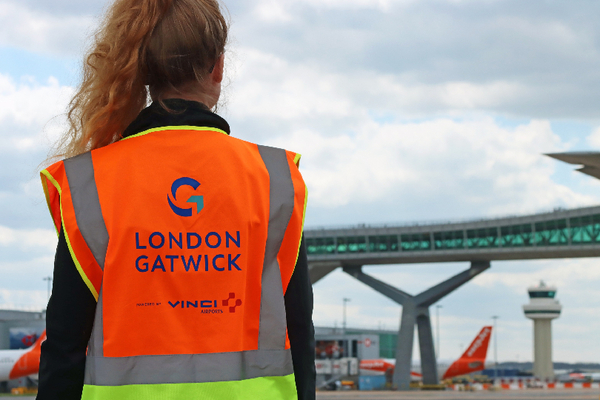Top tips for protecting yourself against cybercrime in 2022
Jeremy Hendy, chief executive of digital risk protection specialist Skurio, explains how the travel industry can get ahead of cybercriminals in 2022
The cliched image of a hacker and other cybercriminal as a twenty-something man in a hoodie, hunched over a computer with a look of malicious intent, is long outdated.
Today, cybercriminals who target businesses are men, women, young, old and from all over the world. Sometimes they could even be lurking within your own company. Increasingly, they are one cog in a much bigger criminal operation.
Understanding the current cybercriminal mindset and their core drivers is where it all starts – especially for travel organisations who want to take proactive steps to avoid becoming the next victim of an attack like the £3 billion British Airways data breach.
The potential fallout for any travel brand can be widespread, including financial loss, a waning customer base and reputational damage.
The latest threats to be aware of in 2022
1. The growing threat of the Dark Web: There is still a mystique about the Dark Web, and again there are still outdated perceptions of what goes on in this murky digital world. Corporate data, personal profiling information and passwords are becoming the most sought-after goods on Dark Web forums.
2. Beware of double-dipping ransomware attacks: There are far more "double-extortion" attacks taking place; where hackers threaten businesses with exposing data on the Dark Web if further financial demands aren’t met after the first ransomware attack. Just as high-profile figures and celebrities seek column inches in the media to raise their profile, the cybercriminal gains credibility and cache by their acquisition of data on the Dark Web and building a "star-criminal" status.
3. The rise of “typosquatting” techniques – malicious domain names: There has been a big rise in threat actors using typosquatting techniques. Malicious URLs are used to trick consumers into believing they’re in contact with a genuine brand or organisation before stealing their data, infecting them with malware, or convincing them to buy fake goods and services. They register a name that looks similar to a genuine brand, with a small change that could be as simple as inserting a hyphen, changing yourbrand.com to your-brand.com, for example. Shortly after the collapse of Thomas Cook, our team of threat intelligence analysts detected the registration of 53 new malicious website domains with names relating to the company in the seven days after it announced its liquidation. That’s how quickly the criminals pounce on events and people’s vulnerabilities. Many of them were set up to exploit those looking for compensation or advice.
Top tips on cyber security and early data breach detection
- On average it takes 297 days for a business to identify a breach when it occurs. The earlier the detection, the quicker you can take action to prevent ongoing loss of data.
- Get your technology team to monitor the Dark Web for your company name – when hackers offer data for sale, they will often mention the name of the company. Also, check hacker forums and ransomware sites.
- Be proactive to identify fraudulent web addresses mimicking your corporate sites. Ask your technology support team to look into ways it can help monitor and provide immediate alerts on suspicious domains. If a malicious domain name is identified, do report it immediately to the hosting company, which has to investigate and take appropriate action. This isn’t just a technology issue – this is about reputation management and customer protection too.
- One simple yet effective technique is adding synthetic identities so each dataset is seeded with a unique fictional record – any unexpected communication gives your organisation an instant, definitive sign your data has been leaked.
- Early breach detection is particularly critical with third-party suppliers. When you share your customers’ data with a supplier, and they share it with theirs in turn, it remains your responsibility. Do routine checks for your data appearing outside your company’s network.














